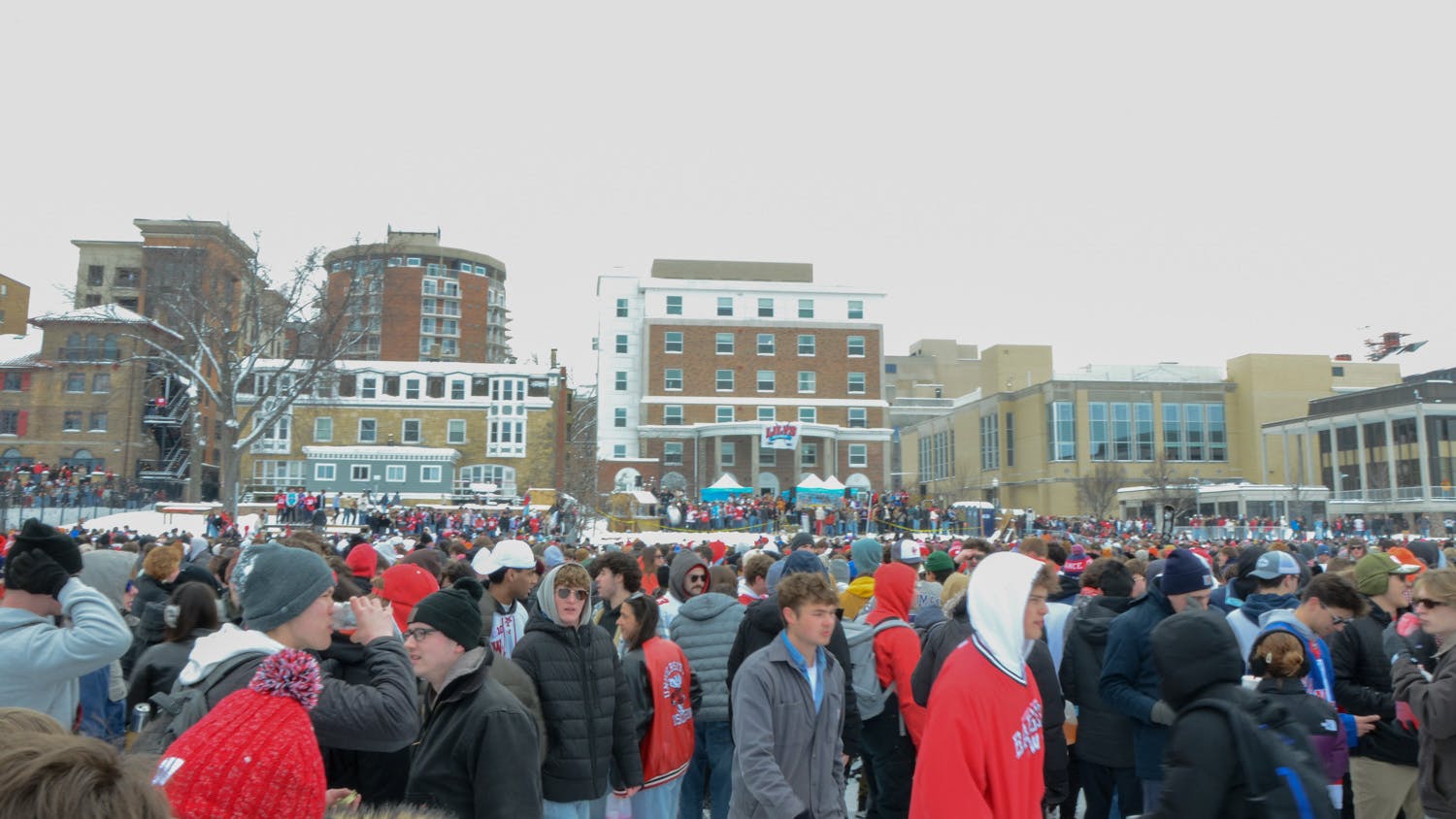As Madison Symphony Orchestra’s music director John DeMain stepped onstage for the 99th season opening Friday night, concertgoers thundered with applause for the longtime leader of the ensemble.
After Maestro DeMain conducted the Star-Spangled Banner, he quickly turned to a contemporary work by composer Valarie Coleman titled “Umoja: Anthem of Unity.” Umoja means “unity” in Swahili and represents the first principle in the African diaspora holiday Kwanzaa.
The undertones of that definition were present in the composition's three-part structure throughout the 12-minute piece. The culturally-inspired piece ended with a grand spectacle from the ensemble, complete with a xylophone and beating crash cymbal signifying a triumphant sense of harmonic unity from its final chord.
Next, the organ was pushed on the stage, and the crowd watched on with curiosity as it was electronically powered on. But the famous backdrop façade of the large pipes in the 20-year-old Overture Hall remained still as statues, not giving any indication that its depths would soon bellow with Belgian Composer Joseph Jongen’s Symphonie Concertante Op.81.
Principal organist Greg Zelek entered the stage with Maestro DeMain to generous applause honoring the organ’s 20th year in service, and soon enough, Zelek started gliding effortlessly across the keys, producing a rich and commanding tone.
Over four distinct movements, Zelek and DeMain balanced the two parts of organ and symphony diligently, maintaining the ability for the organ to be the primary solo instrument while the rest of the ensemble could still be heard over the bellicose machine.
As the 30-minute piece finished, the hall shook with the low pedal notes from the organ, and the symphony’s brass section filled in the treble registers to create a majestic sound rarely heard throughout concert halls in America. The standing ovation affirmed the idea of a wonderfully executed celebratory performance of the anniversary of the organ’s installation.
After the intermission, concertgoers settled back in their seats and were immediately entranced by the performance of Tchaikovsky’s Variations on a Rococo Theme, Op.33. Solo cellist Tommy Mesa and his 1770’s Italian instrument provided crowds with a calming yet precise execution of the piece. Throughout the eight variations and coda, Mesa gallanty played with expression and nobility, capturing the audience with his impeccable virtuosity.
Maestro DeMain conducted the final piece by Manuel de Falla: the excerpted “Suite No.2” from the famous ballet “The Three-Cornered Hat.” The piece was a comedic one, and the crowd exuberantly laughed at points during the performance. The large ensemble produced a consistent sound even with the chaotic nature of the composition, with the percussion section rounding off the piece with rattling castanets.
The piece included three distinct dances, each varying in their emotion and genre. The first dance was upbeat and lively, the second was calmer and more relaxed, and the third was the longest, showcasing a wide range of styles from the orchestra.
Maestro DeMain and the Orchestra certainly left the audience excited and prepared for a wonderful 99th season, and the two soloists amazed the crowd with their incredible performances.






